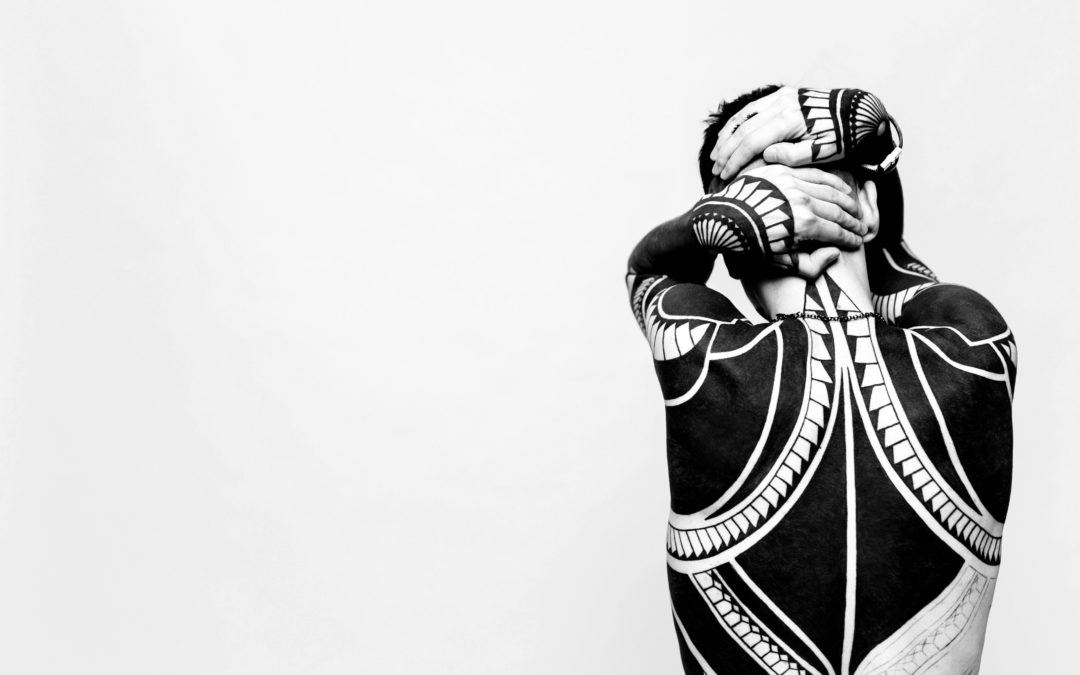Growing up, most of us were taught to use mnemonic devices to remember everything from the days of the week to historical figures to impossible-to-recall math rules. These techniques included songs, rhymes or visualizations, but the most common by far were acronyms.
To this day I remember BOMDAS, a term I was taught in junior school to ensure I would never forget the correct order of math functions. The fact that I am still programmed to multiply or divide before adding or subtracting testifies to the efficacy of the system. It perhaps also explains why I have such a distaste for acronyms.
Words that represent other words have always bugged me. I don’t much like abbreviated forms. I particularly struggle with the hyper-condensed language of messaging and texting that my daughter and her friends call English (yes, I realize that sentence makes me sound twice as old as I really am).
My daughter’s world is full of acronyms: YOLO, FOMO, MOMO, FOJI. But these are not just cool-sounding words, these are concepts of social engagement that are rooted in fear and anxiety.
Fear of missing out (when it seems like everyone else on social media is having fun without you), Mystery of missing out (fear of being so far out of the loop that you don’t even know that everyone is having fun without you) or fear of joining in (anxiety about posting anything on social media in case your posts aren’t liked or you’re criticized). It’s a minefield, as any parent of a teenager nowadays knows.
It’s easy to saddle the younger generations with the social pressures that carry these labels, but in truth, we all experience them in different ways. Fear, sadness, anger – difficult emotions are unavoidable, but we do have power over how they impact us. It takes practice, and practice requires remembering, and what helps remembering?
Well, nothing beats a coach or mentor to keep you on track with a practice, but as much as I hate to admit the fact, acronyms are also excellent tools for building new habits. I’m not talking about setting SMART goals, I mean habits that help bring awareness to the present moment and give you access to self-regulation, self-authoring, self-mastery.
Here are four good ones:
1- COAL
From Dr Dan Siegel, developer of interpersonal neurobiology, this word describes a process of mindful awareness that gives space for non-judgmental observation.
C stands for curiosity (inquiring without being judgmental).
O stands for openness (having the freedom to experience what is occurring as simply the truth, without judgments).
A stands for acceptance (taking as a given the reality of and the need to be precisely where you are).
L stands for love (being kind, compassionate, and empathetic to others and to yourself)
Why it works
COAL encourages the individual to practice taking a witness stance on personal experience, helping to separate self from that experience. It is the difference between ‘I AM angry and ‘I FEEL angry – in the latter we are not defined by our emotional state, it is an object of our awareness; we have space between ourselves and the emotion and in that space is the possibility of freedom.
2- FACES
Also from Dan Siegel, FACES describes the mind state we gain access to through our practice of COAL. Siegel sees the mind as a self-organizing process that functions optimally when it is Flexible, Adaptive, Coherent, Energized and Stable.
Why it works
FACES correlates with a brain that is well-regulated, with the pre-frontal cortex online and contributing to higher-order functions. To do so, the brain can’t be in a fight-or-flight state – it needs to be calm but alert. And those who are able to access this state most reliably are those that are able to observe their personal experience and respond to it without control or judgement (see COAL).
3- RAIN
From Tara Brach, RAIN envokes a similar form of mindful attention as Siegel’s COAL acronym, but with a stronger focus on self-compassion.
R stands for Recognize what is going on;
A stands for Allow the experience to be there, just as it is;
I stands for Investigate with interest and care;
N stands for Nurture with self-compassion.
The first three steps of the process invite the practitioner to develop mindful awareness of present moment experience without getting wrapped up in judgement and inner storytelling. Pretty standard mindfulness stuff. But Brach’s focus on nurturing as the final step places additional emphasis on self-care and self-compassion.
Why it works
It is often easier to be compassionate than self-compassionate. The inner critic can be the harshest but most difficult to catch. Brach’s technique is powerful in opening a doorway to self-compassion and nurture that allows you to more regularly enter FACES flow and offer your best to those around you.
4- RAKE
This is one of those deceptively simple tricks that are easy to scoff at but astonishing in their potential. Random Acts of Kindness Everyday sounds basic, but is surprisingly difficult to follow through. The most effective way to work with this as a challenge, say 30 days, in which you commit to one random act of kindness every day. A lot happens in those 30 days, one of them being a change in perspective. The world is a different place when your mindset shifts from self-focused myopia to outward-facing contribution.
Why it works
The psychological and physical health benefits of practicing kindness are plentiful. But sticking to this exercise is difficult because life gets in the way. We forget once or twice, then we lose momentum. This acronym makes it possible.
Photo by Jake Davies on Unsplash

